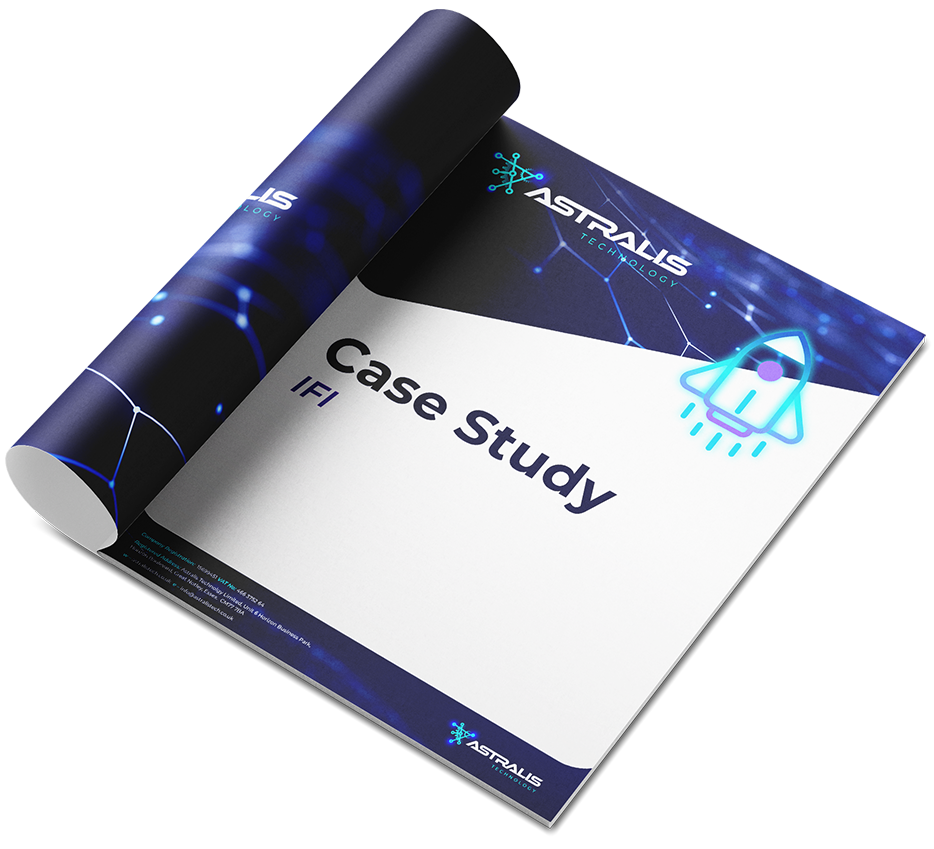Frequently Asked Questions
Are secure ITAD services necessary for university IT assets?
Secure ITAD services are essential for university IT assets to protect sensitive data, ensure compliance with regulations, and maximize asset value recovery during the disposal process.
What is the process for secure ITAD service implementation?
The process for secure ITAD service implementation involves several key steps: initial assessment, data sanitisation, asset refurbishment or recycling, and thorough reporting to ensure compliance and transparency throughout the lifecycle of IT assets.
How do ITAD services ensure data security for universities?
ITAD services ensure data security for universities by implementing rigorous data destruction protocols, secure asset handling, and compliance with industry regulations, thereby safeguarding sensitive information throughout the IT asset disposition process.
How do you ensure secure ITAD services for university devices?
Ensuring secure ITAD services for university devices involves implementing rigorous data sanitisation processes, adhering to compliance standards, and providing transparent reporting throughout the asset disposition lifecycle, safeguarding sensitive information while maximising value recovery.
Can secure ITAD services reduce university liabilities?
Secure ITAD services can significantly reduce university liabilities by ensuring proper data destruction and compliance with regulations, thereby mitigating risks associated with data breaches and protecting the institution's reputation and financial standing.
How do ITAD services help universities comply with regulations?
ITAD services help universities comply with regulations by ensuring secure data destruction and responsible asset disposal, thereby protecting sensitive information and meeting legal requirements for data privacy and environmental standards.
Can ITAD services help universities reduce electronic waste?
ITAD services can significantly help universities reduce electronic waste by ensuring the responsible disposal and recycling of outdated IT assets. This process not only minimizes environmental impact but also maximises value recovery from retired equipment.
What are the costs of secure ITAD services for universities?
The costs of secure ITAD services for universities vary based on factors such as the volume of assets, the complexity of services required, and specific security protocols. Typically, customised quotes are provided to meet each institution's unique needs.
How do secure ITAD services protect university data?
Secure ITAD services protect university data by implementing rigorous data sanitisation processes, ensuring that all sensitive information is irretrievably destroyed. This approach mitigates the risk of data breaches and maintains compliance with data protection regulations.
What are the benefits of secure ITAD services for universities?
The benefits of secure ITAD services for universities include enhanced data protection, compliance with regulations, and maximised asset recovery value, ensuring that sensitive information is securely handled while optimising the lifecycle of IT equipment.
What features define secure ITAD services?
The features that define secure ITAD services include data destruction compliance, asset tracking, transparent reporting, environmentally responsible recycling, and adherence to industry regulations, ensuring maximum data security and value recovery throughout the IT asset lifecycle.
How do universities select ITAD service providers?
Universities select ITAD service providers by evaluating their expertise in data security, compliance with regulations, transparency in processes, and ability to maximise asset value. They often consider case studies and references from similar institutions to ensure effective partnerships.
What risks do universities face without secure ITAD?
The risks universities face without secure ITAD include potential data breaches, loss of sensitive information, legal liabilities, and financial losses. Inadequate asset disposal can compromise data security and damage institutional reputation.
How can ITAD services enhance data protection?
ITAD services enhance data protection by securely managing the disposal and recycling of IT assets, ensuring that sensitive data is irretrievably destroyed and compliance with regulations is maintained, thus minimizing the risk of data breaches.
What compliance standards apply to university ITAD?
The compliance standards that apply to university ITAD include the General Data Protection Regulation (GDPR), the Family Educational Rights and Privacy Act (FERPA), and the National Institute of Standards and Technology (NIST) guidelines, ensuring data security and privacy throughout the asset disposition process.
How do ITAD services manage asset tracking?
ITAD services manage asset tracking by implementing comprehensive systems that monitor the lifecycle of IT assets, ensuring accurate documentation, real-time updates, and secure data management to maximize value recovery and enhance transparency for clients.
What training is needed for ITAD implementation?
The training needed for ITAD implementation includes understanding data security protocols, asset management processes, compliance regulations, and the use of specialized ITAD software to ensure effective and secure disposal of IT assets.
How do ITAD services support data sanitisation?
ITAD services support data sanitisation by implementing rigorous processes that ensure all sensitive information is securely erased from IT assets before disposal. This protects client data and complies with legal regulations, safeguarding against potential data breaches.
What role does auditing play in ITAD services?
The role of auditing in ITAD services is crucial for ensuring data security and compliance. It verifies the proper handling and disposition of IT assets, providing transparency and accountability throughout the process.
How can universities assess ITAD service effectiveness?
Universities can assess ITAD service effectiveness by evaluating data security measures, tracking asset recovery rates, and analysing the overall return on investment from their IT asset disposition processes. Regular audits and client feedback also play a crucial role.
What technologies improve secure ITAD processes?
Technologies that improve secure ITAD processes include advanced data sanitisation tools, encryption software, and asset tracking systems. These technologies ensure data protection, compliance with regulations, and maximised asset recovery value throughout the IT asset disposition lifecycle.
How do ITAD services impact university budgets?
The impact of ITAD services on university budgets is significant. By securely managing and disposing of outdated IT assets, universities can reduce costs, recover value from retired equipment, and ensure compliance with data protection regulations, ultimately enhancing financial efficiency.
What are common misconceptions about ITAD services?
Common misconceptions about ITAD services include the belief that they are only for large enterprises, that all data is irretrievably destroyed, and that ITAD is merely recycling. In reality, ITAD services cater to all business sizes, ensure secure data destruction, and focus on maximising asset value.
How do ITAD services facilitate asset recovery?
ITAD services facilitate asset recovery by providing secure and efficient processes for the disposal and resale of IT assets. This ensures maximum value return while maintaining data security and compliance with regulations, ultimately enhancing the financial recovery for businesses.
What documentation is required for ITAD compliance?
The documentation required for ITAD compliance includes asset inventory records, data destruction certificates, and proof of environmentally responsible disposal. These documents ensure accountability and adherence to regulatory standards throughout the IT asset disposition process.
How can universities measure ITAD service success?
Universities can measure ITAD service success by evaluating metrics such as data security compliance, asset recovery rates, cost savings, and overall efficiency improvements in their IT lifecycle management processes.
What are the best practices for ITAD implementation?
The best practices for ITAD implementation include conducting thorough data sanitisation, ensuring compliance with regulations, maintaining transparent documentation, and partnering with certified ITAD providers to maximise recovery value and secure data.
How do ITAD services address data breach concerns?
ITAD services effectively address data breach concerns by ensuring secure data destruction and compliance with regulations. Through certified processes and transparent reporting, they safeguard sensitive information throughout the IT asset lifecycle, minimising the risk of data exposure.
What are the long-term benefits of ITAD services?
The long-term benefits of ITAD services include enhanced data security, compliance with regulations, reduced environmental impact through responsible disposal, and maximised asset value recovery, ultimately leading to cost savings and improved operational efficiency for organisations.
How do ITAD services contribute to sustainability efforts?
ITAD services contribute to sustainability efforts by ensuring responsible recycling and disposal of IT assets, reducing electronic waste, and promoting the reuse of equipment. This not only minimizes environmental impact but also supports a circular economy.


















